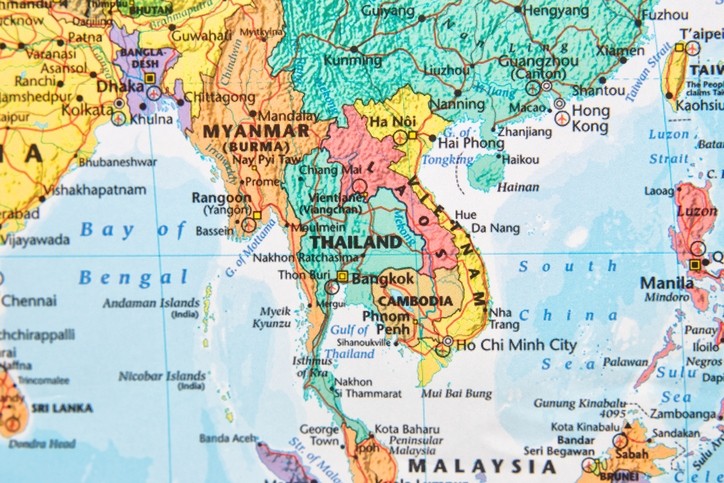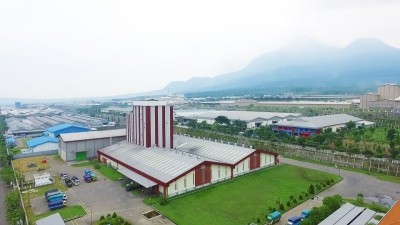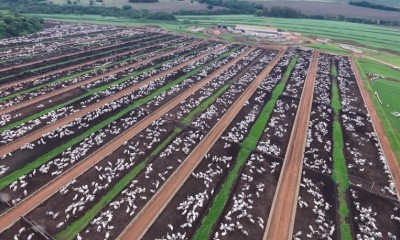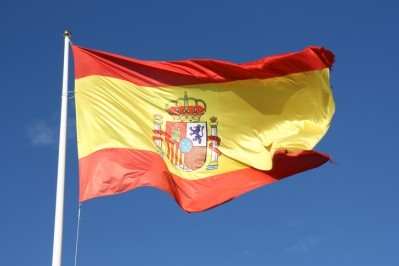De Heus rejects vertical integration model in Myanmar

De Heus began milling feed in the outskirts of Yangon in October 2016 after watching the market developing quickly in terms of animal protein, fish and milk, as Myanmar emerged from years in the economic wilderness.
Its local managing director, Johan van den Ban, saw that his customers would benefit from a different approach to supply.
“If you look at all the animal sectors here, you will see that the average farm size is really low—it’s a very fragmented market, which leads us to supply most of our customers indirectly through a dealer network,” he told FeedNavigator ahead of the Global Feed Summit in Bangkok, where he will give a presentation on the opportunities in Myanmar’s livestock and feed industry.
“We try to help these dealers, who are very commercially orientated—if not technically so much.”
His model is quite different to that of De Heus’s competitors, who have been trying to grow quickly in Myanmar by investing in their own vertical integration of the value chain. Through its work with the dealers, the Dutch feed group has been able to forge a close bond with its farm customers by better understanding their needs, said van den Ban.
Educating farmers
The company in turn helps farmers to increase their volumes by sending out vets—or “technical salesmen”, as the local MD calls them—to teach them more about husbandry and animal health.
“By doing that we are in direct contact every day with hundreds of livestock farms,” he added.
The result has been that the sizes of the farms De Heus supplies has been increasing, likewise the skills of their owners. This has been happening as farmers manage to reduce their costs and achieve better technical results, helped by input from the local dealers and training from De Heus’s vets.
“I think that the economies of scale to achieve this are very important, and we expect relatively rapid development in this sector. Farmers know that without modernizing their farms, they will have a hard time to survive. We need to speed this up,” Van den Ban explained.
Now many of De Heus’s smallholder customers have been trying to take the next step to professionalize their businesses by buying more equipment and moving to commercially produced feeds—spurred on by the rapidly growing demand from consumers for meat in Myanmar.
The company is currently building a second hub in Mandalay, Myanmar’s second city, hinting at its commitment to the country and the local MD’s confidence in his model.
“It’s a successful approach, and something Myanmar really needed,” he said.







